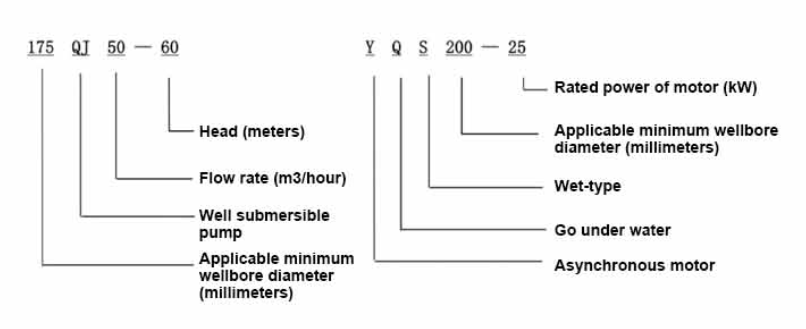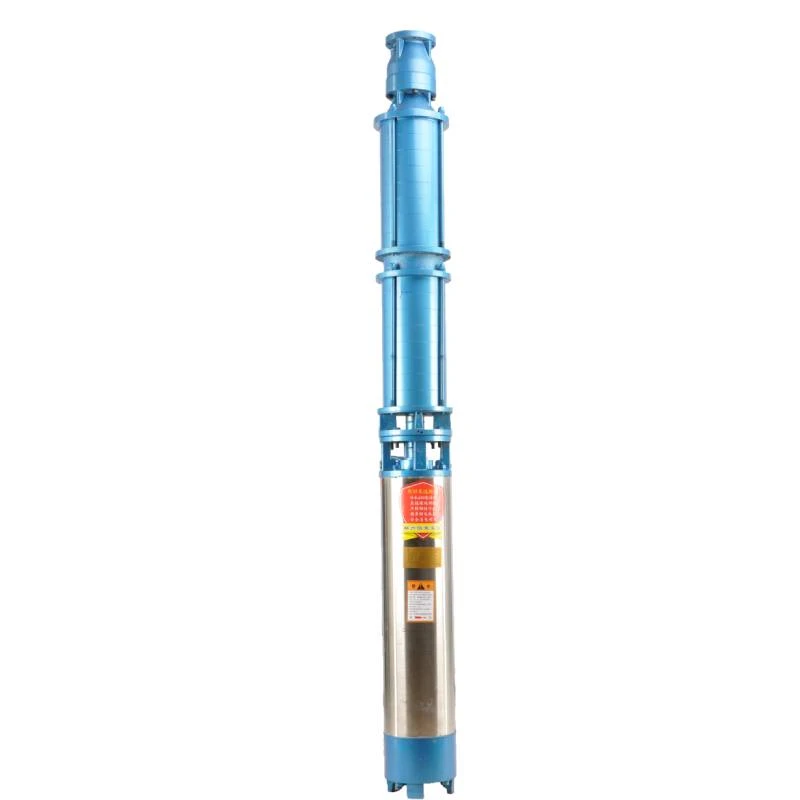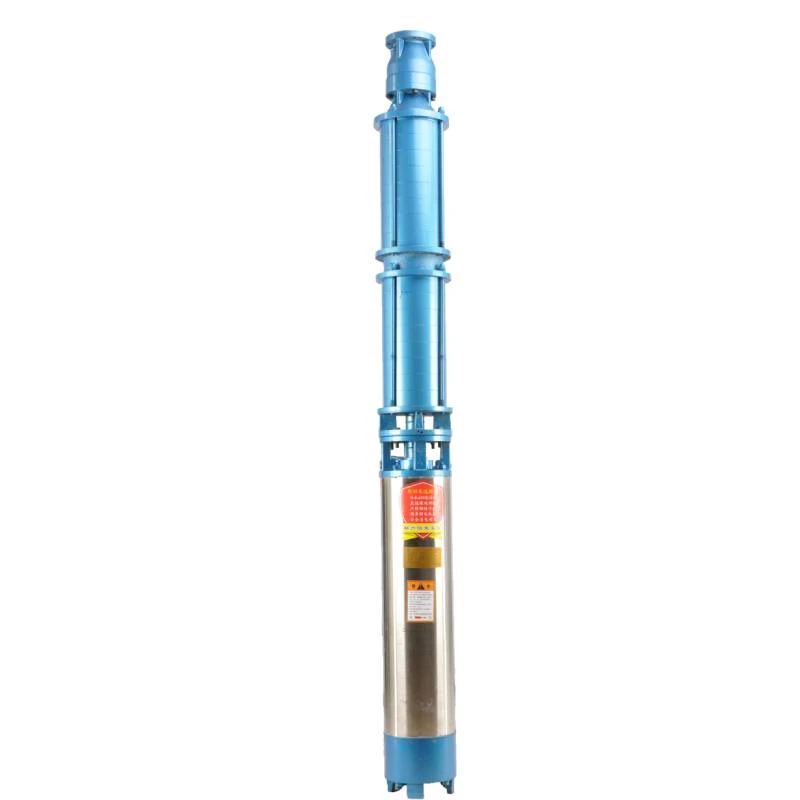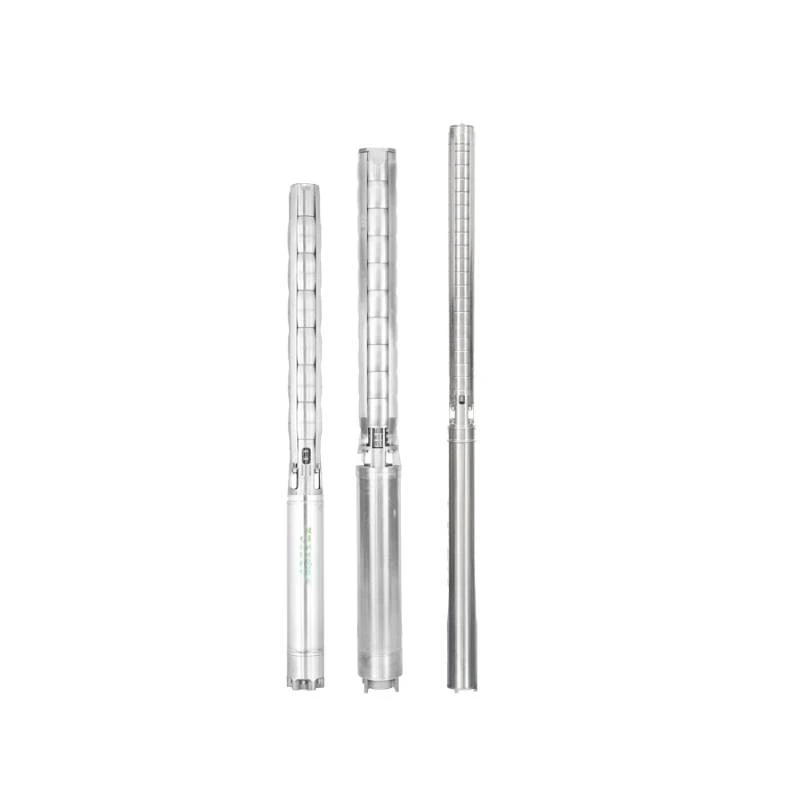Septemba . 25, 2024 18:07 Back to list
how to use submersible pump
How to Use a Submersible Pump
Submersible pumps are versatile and efficient tools widely used in various applications, from draining basements to irrigating gardens. These pumps operate underwater, making them ideal for pumping water and other fluids from submerged locations. However, using them correctly is crucial to ensure optimal performance and longevity. This article provides a comprehensive guide on how to properly use a submersible pump.
Understanding the Basics
A submersible pump is designed to be fully submerged in the fluid it is intended to pump. This design helps the pump to push water to the surface rather than pulling it, making it more energy-efficient. Submersible pumps come in various types, including sump pumps and sewage pumps, each tailored for specific tasks. Before using a submersible pump, it is essential to understand its specifications, including the maximum depth it can operate at and the type of fluids it can pump.
Preparation and Safety Measures
Before using a submersible pump, it is crucial to take safety precautions to protect both yourself and the equipment. Here are some steps to follow
1. Read the Manual Before starting, read the manufacturer’s manual carefully. Understanding the pump’s specifications and limitations is vital for safe operation.
2. Check Electrical Connections Ensure that the electrical connections are secure and that your pump is rated for the electrical supply available. Using a Ground Fault Circuit Interrupter (GFCI) outlet is recommended to prevent electrical shocks.
3. Inspect the Pump Check for any visible signs of wear or damage. Ensure that the pump's intake screen is clean and free from debris that could block water flow.
4. Wear Safety Gear When operating in potentially hazardous environments, wear appropriate safety gear, such as gloves and rubber boots, to protect yourself from electrical risks and hazardous fluids.
Setting Up the Pump
Once you’ve prepared and ensured safety, it’s time to set up your submersible pump
1. Select the Location Place the pump in a stable location where it can be fully submerged in fluid. Ensure that the area around the pump is clear of debris and obstructions that could hinder operation.
how to use submersible pump

2. Submerge the Pump If you're using the pump for drainage, carefully lower it into the water, ensuring that it is not hit against hard surfaces. The pump should be fully submerged to function correctly.
3. Connect the Discharge Hose Attach a discharge hose to the pump. Make sure it's securely connected to prevent leaks. The other end of the hose should direct the water away from the area you are draining to avoid flooding.
4. Plug In the Pump With all connections secure, plug the pump into a GFCI outlet. Ensure that the power source is adequate for the pump's electrical requirements.
Operating the Pump
Now that your submersible pump is set up, you can operate it effectively
1. Start the Pump Switch on the power. Most submersible pumps will begin to operate immediately upon activation. Always monitor the pump during operation.
2. Check Flow Rates Monitor the flow rate of the pumped fluid. If the pump does not seem to be operating efficiently, check for blockages or obstructions in the intake screen or the discharge hose.
3. Avoid Run-Dry Operation Never let a submersible pump run dry, as this can cause overheating and damage. Always ensure there is enough fluid to keep the pump submerged.
4. Shutdown Once you have finished pumping, turn off the power and unplug the pump. Carefully remove it from the fluid and inspect it for any damage.
Maintenance Tips
To ensure your submersible pump continues to function well
- Regularly clean the intake screen to prevent debris build-up. - Store the pump in a dry, safe place when not in use. - Inspect the electrical connections and hoses before each use.
By following these guidelines, you can effectively use a submersible pump for various applications, ensuring safety and efficiency throughout its operation.
-
 Water Filled Submersible PumpA water filled submersible pump is engineered for optimal cooling, eco-friendliness, and high efficiency, especially in applications involving clean or slightly sandy water.Detail
Water Filled Submersible PumpA water filled submersible pump is engineered for optimal cooling, eco-friendliness, and high efficiency, especially in applications involving clean or slightly sandy water.Detail -
 The Ultimate Solution for CleanWhen it comes to efficient water delivery from underground or submerged sources, a submersible pump stands as the go-to solution for homes, farms, ponds, and industrial sites.Detail
The Ultimate Solution for CleanWhen it comes to efficient water delivery from underground or submerged sources, a submersible pump stands as the go-to solution for homes, farms, ponds, and industrial sites.Detail -
 SS Submersible PumpA ss submersible pump (short for stainless steel submersible pump) is the premium choice for environments that demand durability, corrosion resistance, and long-term performance.Detail
SS Submersible PumpA ss submersible pump (short for stainless steel submersible pump) is the premium choice for environments that demand durability, corrosion resistance, and long-term performance.Detail
